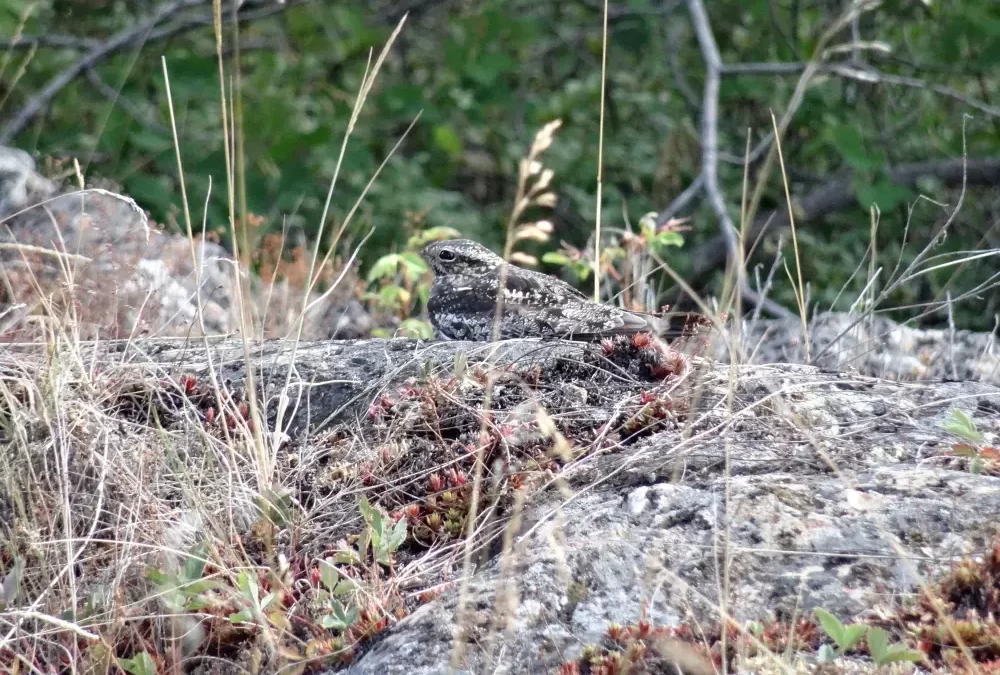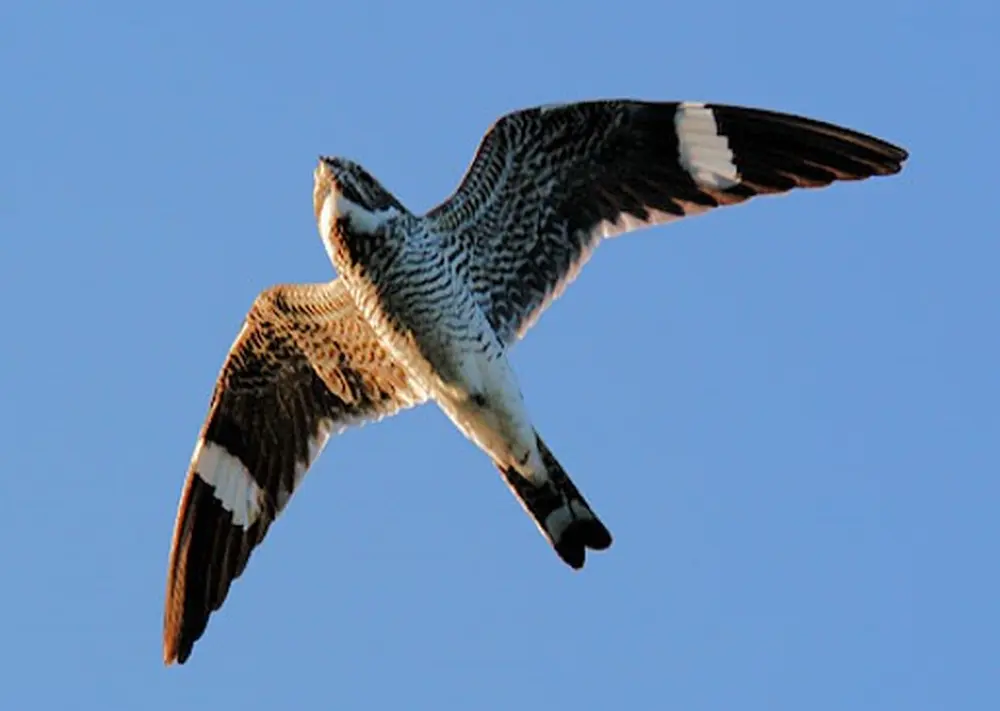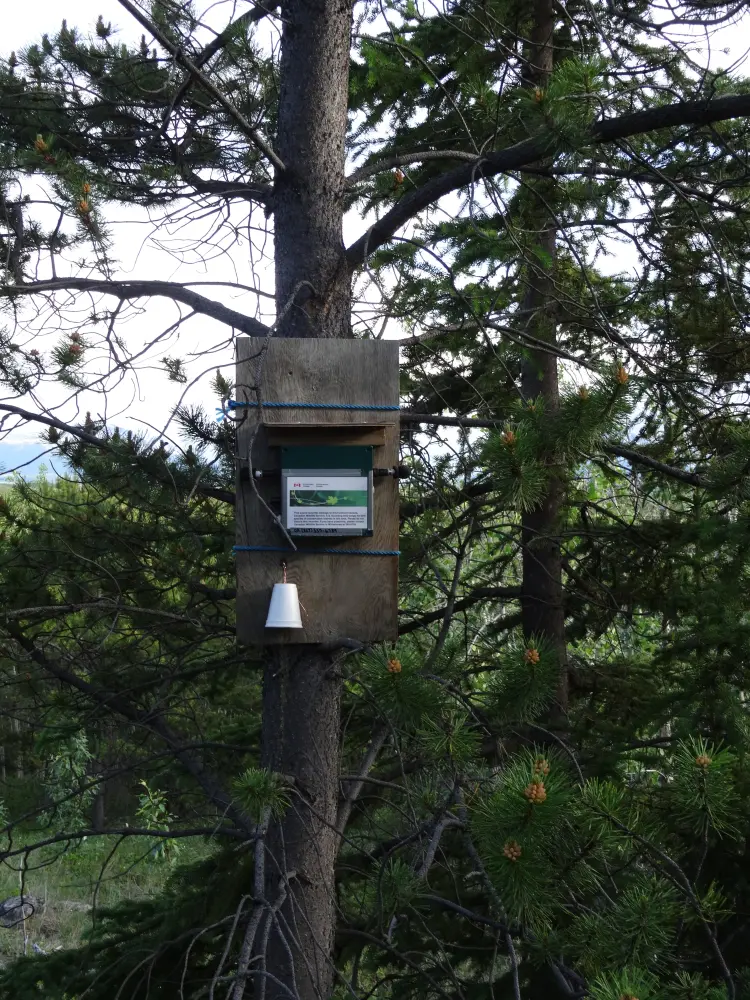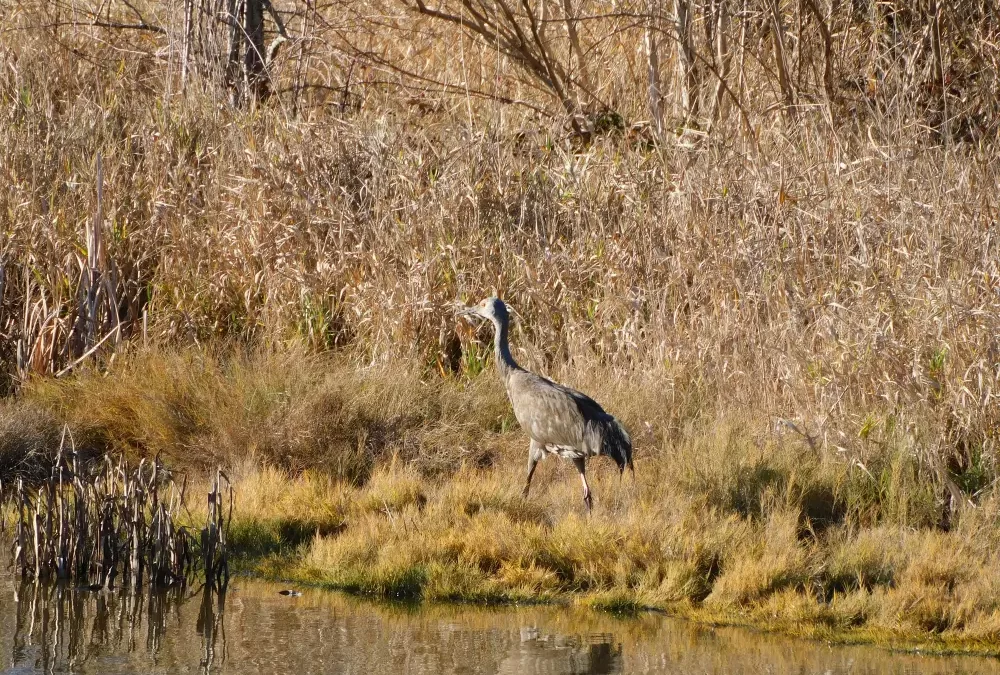
Crane Gets A Flight South
Crane Gets A Flight South
4 minute read –
Back in early November, a sandhill crane came into the Yukon Wildlife Preserve’s Wildlife Rehabilitation Centre with a number of wounds, including a laceration to its eyelid. We are pleased to say that it has been successfully released! But when a bird like this misses the migration, how exactly do you release it?

Photo credit: Neil Tracey
With the help of the amazing folks at Air North, Yukon’s Airline and George C. Reifel Migratory Bird Sanctuary we were able to transport the crane all the way from Whitehorse to its new winter home outside of Vancouver.
George C. Reifel Migratory Bird Sanctuary is a federal Migratory Birds Sanctuary located in Delta, British Columbia (about an hour from downtown Vancouver). It has a small population of sandhill cranes that overwinter there, which we hoped would help this newly released bird transition back to the wild. We were a little nervous, as sandhill cranes can be quite unaccepting to newcomers, but in this case things went very well!
• • •
6:00am
Yukon Wildlife Preserve’s veterinarian, Dr. Maria Hallock, collects the crane from the rehabilitation centre. It will ride to Vancouver in a large dog kennel, specially equipped with barriers to limit visibility and help the crane stay calm on the long journey.
6:45am
The crane arrives at Air North Cargo at Erik Nielsen Whitehorse International Airport. Checking in a crane is more complicated than checking in a human. Permits and paperwork is processed and the kennel is given a final check to ensure it is secure.
7:30am
Neil checks in for the flight. Neil is the Manager of Programming and Education at Yukon Wildlife Preserve. Before moving to Whitehorse, he worked in wildlife rehabilitation in British Columbia. He was originally going on vacation to visit family; he added a crane release to his itinerary.
8:45am
Air North flight 521 departs for Vancouver. The weather is surprisingly good, and the flight is very smooth.
12:00pm
Air North flight 521 arrives in Vancouver.
12:30pm
Neil and the crane depart for the George C. Reifel Migratory Bird Sanctuary in Delta, British Columbia.
1:00pm
Kathleen Fry, Sanctuary Manager, meets the bird. She is a big fan of cranes. It shows. She escorts the crane and Neil to the release site, a beautiful lagoon between a set of dykes.
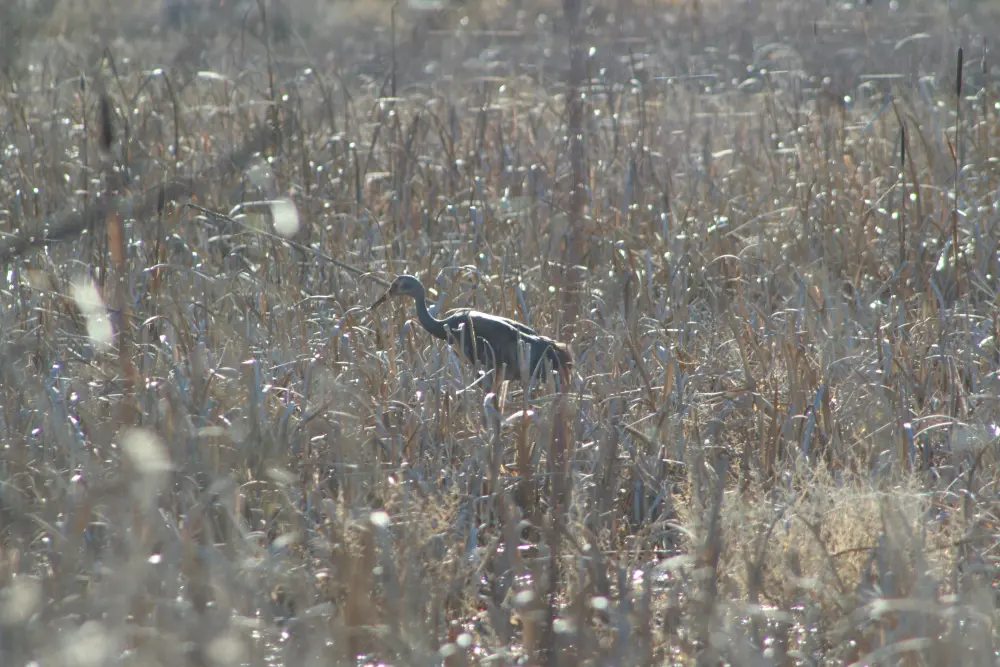
Photo credit: Neil Tracey
1:01pm
The bird makes a break for it! While the team at the Sanctuary had set up a small fenced area to release the bird into – hoping to make the transition to a new environment smoother – the bird almost immediately ducked under the fence and ran off into the reeds.
1:02pm
The crane stops moving and relaxes in the reeds. It blends in extremely well and is challenging to see.
3:00pm
The crane is still in the reeds, relaxing. It has moved a few steps, but is staying in the same protected area.
Normally, when an animal is released back to nature, we do not know exactly what happens next. This time, thanks to updates from the team at Reifel Sanctuary, we can not only tell you what happened next but we also have some amazing photos! Thanks to Kathleen Fry at the Sanctuary for giving us permission to share her photos.

Photo credit: Kathleen Fry – Day 2
Day 2
The crane visited with 15 local resident cranes in the morning before disappearing. This was a huge positive step, as the other cranes did not act aggressively toward the newcomer. In this photo from Kathleen, the rehabilitated crane is clearly identified by his small size and darker colours.
Day 3
The crane is slowly adapting to the wet coastal weather and seems to be keeping his feathers in better condition.
Day 5
Everything looks fine! The newly released crane seems to be hanging around the release area, is staying active, and is interacting appropriately with the other cranes in the area.

Photo credit: Kathleen Fry – Day 5
If you are visiting the Vancouver area, you can reserve a spot to visit the Sanctuary. You might see the rehabilitated crane or some of the songbirds, waterfowl, and other species that call the Sanctuary home!
Wildlife rehabilitation doesn’t take a holiday! If you would like to support future rehabilitation efforts, donations are accepted all year round.

Neil Tracey
Manager Education and Programming
Neil is an interpreter and biologist who has worked in wildlife rehabilitation, interpretation, and education. He joined the team in early 2023 from Vancouver. In his spare time he teaches first aid and grows far more plants than he has space for at home.



